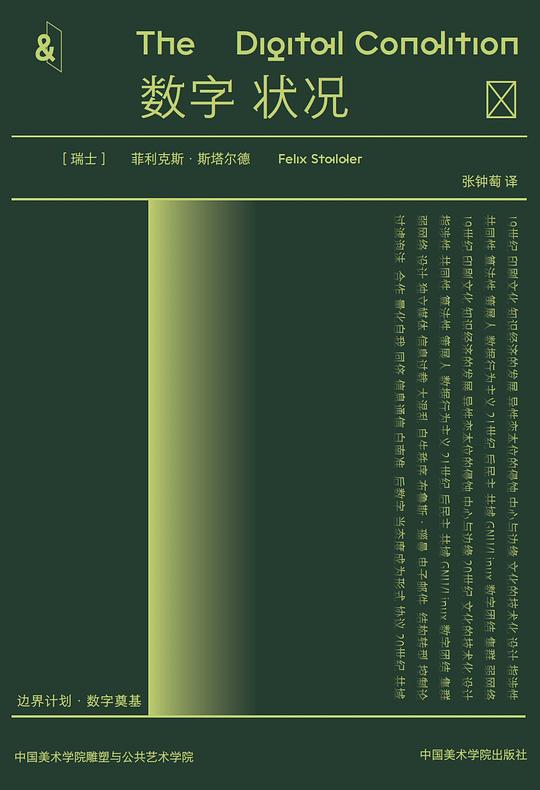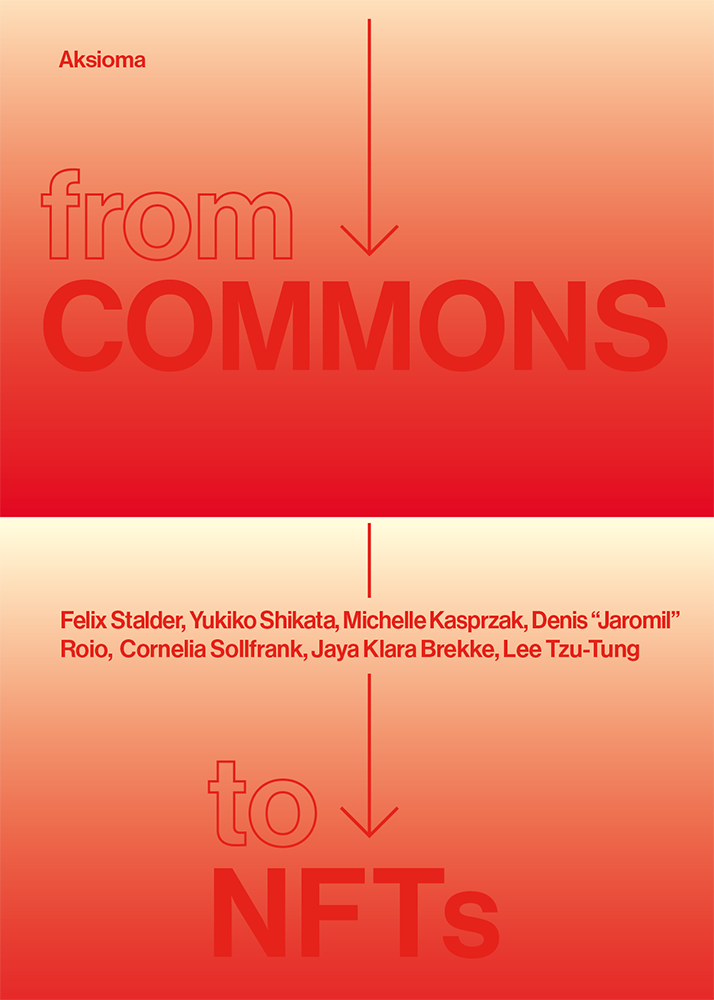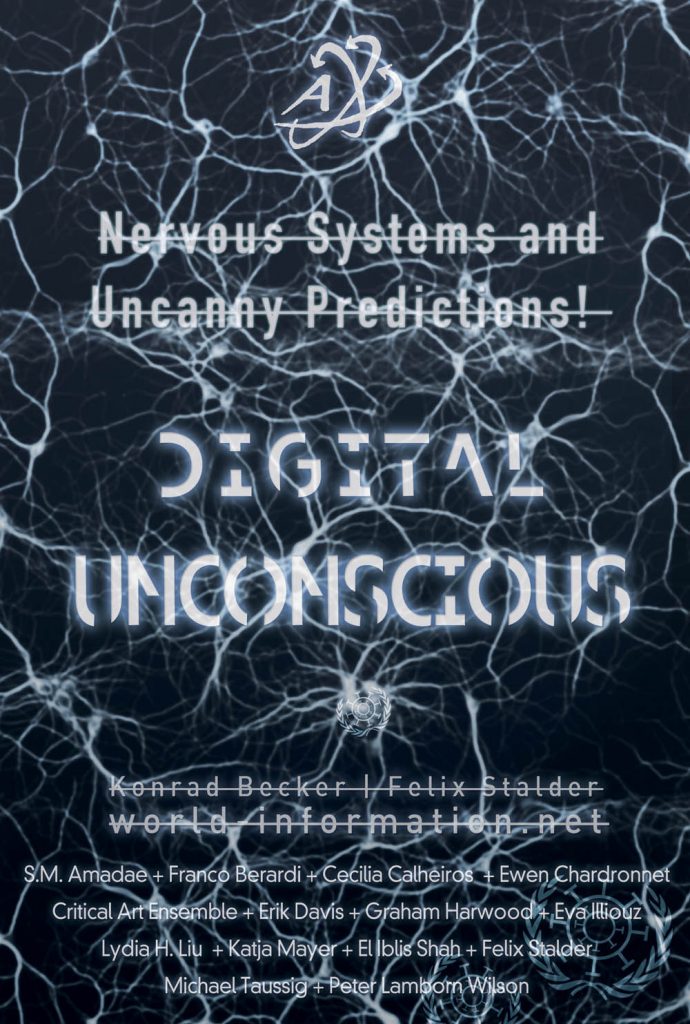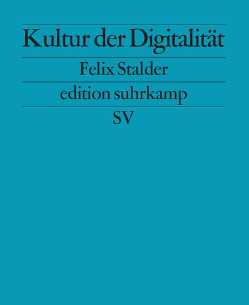
This is the short (I know!) version of a paper, written for the "25 Years of Network Society" Workshop, organized by the Universitat Oberta de Catalunya. Official Version published in American Behavioral Scientist, May 2022
I want to return to Castells’s analysis of the breakdown of Soviet statism. Today, the question of systemic breakdown is worth revisiting because from the theoretical structure of Castells’s account, a sharper perspective on our contemporary crisis, this time of liberal democracy, might be developed. This might be counter-intuitive as the late Soviet Union seems far away from our current techno-capitalist world. One was a sclerotic system, closed, rigid, opaque and inflexible to the point of crumbling when attempting to reform itself, the other one prides itself of its transparency and its innovation capacity. Indeed, supposedly radical innovation, “disruption”, has become a ubiquitous and largely positive term in the business literature, a mantra in the popular, Silicon Valley-inspired discourse on the relation between technology and society, and a trope even in critical activist cultures. But underneath these obvious differences, there are systemic blockages that share certain similarities. Limits to complexity: systemic blockages in the Soviet ‘statism’ In the 1960s, the existing forces of production (centering around heavy industry and centralized, assembly-line mass production, “industrialism” in Castells terminology) came into a crisis, because after several decades of extensive growth, they reached the upper ceiling of the complexity that be could be organized through them. This happened, it is important to note, to industrialism in general, that is, more or less simultaneously in the capitalist West and the statist East. In both systems, the crisis threatened to undermine its fundamental organizational objective (capital accumulation by private interests under capitalism, power accumulation by state actors under statism). What is different is how the two blocks reacted to the systemic causes that created the crisis. The basic structure of Castells argument is contained in a quote which Castells took from Abdel Aganbegyan, one of the leading Soviet economists at the time, a close adviser to Gorbachev during Perestroika, and one of the main sources for Castells’s account. Aganbegyan argued that,
[t]he contradiction which became apparent in the 1950s, between the development of the production forces and the growing needs of society on the one hand, and the increasingly obsolete productive relations of the old system of economic management on the other hand, became sharper with every year.
The argument here is that the crisis which became evident from the late 1960s onward, was “the expression of the structural inability of statism and of the Soviet variant of industrialism to ensure the transition towards the information society”. On the level of the productive forces, the economy had been developing forward through increased quantitative input (more labor, more raw materials, more energy, more land) defined in five year plans which led to the Soviet economy to become “more complex, technologically advanced and organizationally diversified.” However, the central planing was not able to accommodate this increase in complexity, thus introducing ever more friction into the economy. The political system, organized towards maximizing state power, was also unable to introduce more flexibility into the economic system for fear of diminishing its own power, the very essence of the system itself. Thus, while there was significant technical and research expertise, there was no mechanism to translate this into economic innovation, except in case of the military, which led innovation along a trajectory that was of little use to society at large. There was a further mechanism, contained in the organizing principle of the economy, that discouraged innovation: the accounting system set up by central planning. As Castells explains,
the performance of each unit was measured in the gross value of production measured in rubles. This value of output (or valovaya produktsiya, val) included the value of all inputs. The comparison of val between years determined the level of fulfillment of plan and, eventually, the premium for managers and workers. Thus, there was no interest in reducing the value of inputs in a given product, for instance by using better technology or better management, if the val system could not translate such improvements into higher value added.
In contemporary terminology, the incentive structure for managers in the productive process was misaligned. Inefficiency (high value of inputs) was rewarded, while certain types of innovation, those who might have created higher productivity (creating more output with less input), were discouraged. Thus, different core groups of the system – central planners, political/military leadership and industrial managers – were, for different reasons, discouraged from transforming the system all through the 1970s into the mid 1980s. Politically, the system fell into stasis. Yet, economically, it still developed mainly by expanding the “shadow economy,” indeed, creating a Soviet version of “flexibility and networking as an organizational form”. There was, of course, significant popular discontent, but relatively little outright opposition. For one, rigid control over the means of communication, building on Lenin’s idea of controlling the paper supply in order to control the press, meant that any articulation of critique was limited to a small, isolated and heavily controlled group of “dissidents” that had very little reach into the general public. Perhaps even more importantly, while the system became to been widely seen as non-sensical it was also believed to be immutable and long-lasting. These were the purely internal reasons why the system fell into a crises. The relations of production held back the further development of the productive forces, trapping them in an exhausted model, that could still grow somewhat by its own means – increasing quantitative inputs – but these means were increasingly irrelevant to the actual challenges. Increasing complexity: neoliberal informationalism While statism, following the social unrest of the late 1960s, retreated into stagnation, (liberal) capitalism – driven by technological innovation, social movements, and economic competition – introduced a massive wave of transformation. In respect to the forces of production, this entailed a fundamental upgrade of the infrastructure and organizational models based on the capacities of digital communication and data processing, and in respect to the relations of production, it entailed a more gradual transformation, adopting neo-liberal policies, which meant breaking up collective organizations, introducing de-regulation, and installing generalized competition (mainly through markets, but also other means, such as rankings) as its steering mechanism. Information technology provided the infrastructural means for both. The idea to use general competition expressed by numbers (price or rank) to organize society was deeply informed by a type of thinking that was first laid out in Hayek’s famous essay “The Use of Knowledge in Society” (Hayek 1945). At the time, there were few to take up this advice, but by the 1970s, this changed. As already mentioned, industrialism, after several decades of growth, was reaching the ceiling of the complexity (mass production) it could organize and internal frictions started to mount. The increased bargaining power of post-war unions, rising demands on the welfare state (which Castells theorized as “collective consumption”), and strong state interventions into the economy were further depressing profits. The institutions of the postwar economic order, such as the Bretton Woods system and the fixed currency exchange rates fell apart. This provided the pressures in the West to embark on an extensive transformation program with the goal of reaching a higher level of complexity – capable of addressing changing demand and organizing the expanded productive capacity of society – as a way to improve profitability and competitiveness, re-adjust the relations of production in favor of capital and develop new markets to ensure capitalist expansion. IT provided a new infrastructure to increase scale, speed, and flexibility of social coordination and thus breaking the old trade-off between flexibility (organized through dense, multi-directional, complexity-inducing information flows) and scale (organized through rigid, complexity-reducing bureaucracies). Through the combination of scale and flexibility, new forms of organization were created that competed against the old organizational types, in the economy as well as in civil society, pushing them to the margins. This provided the basis from which, as the Information Age trilogy has shown, a new social morphology emerged, the Network Society. Neoliberalism provided the ideological direction, installing markets as a superior way of coordinating complex actions in the context of necessarily limited knowledge and uncertainty,1 while introducing its own form of reductionism by abstracting the complexity of human interaction to numbers: first and still foremost, the price signal, and later, a whole range of additional metrics. Limits to complexity: systemic blockages in liberal capitalism From the point of view of the core constituencies of neoliberal capitalism (investors, managers, and politicians/state bureaucrats) this program has been spectacularly successful. Yet, during the process, two major contradictions emerged. First, contrary to the ideology of competitive opportunities for everyone, the rising share of appropriation of profits by the owners of capital resulted, predictably, in stagnant or falling wages or income for the majority of workers. Inequality increased under neo-liberal informationalism sharply and hardened structurally, undermining the fundamentals of liberal democracy. Second, contrary to the ideology of immateriality of digital technologies, informationalism has always been based on massively increased resource extraction. First, because the material basis of IT is itself is dirty and resource-intensive, second because new technologies allowed for higher and more extensive rates of extraction (e.g. hydraulic fracking, deep-sea drilling), and third because it enabled a massive expansion of wasteful consumerism. This triggered the “great acceleration”, the comprehensive depletion of resources and destruction of the natural habitat, which began already under industrialism, but was sharply increased under informationalism. These contradictions are not new and have been known for several decades, but have been left unaddressed. This has created a number systemic blockages that can be compared to those encountered by the late-stage Soviet Union, insofar as they threaten to prevent the transformation of the political and economic system in order to build capacity to address the rising complexity of the challenges that have built up over the previous decades. While there are many technological and organizational innovations that could help to address some aspects of this problem, from renewable energy to resource-efficient social organization and recycling, the exclusive focus on the price signal produces the wrong incentives, because the externalized costs simply disappear from the calculation, even if it is widely understood that this way of organizing the world is non-sensical. The ubiquity of competition rewards inefficiency (high waste output) and makes it impossible for managers, even if willing, to develop new production methods to take into account the increased range of human and non-human actors and their complex demands, which would be necessary to organize the economy at a sustainable distance from these hard limits. The institutional political system of liberal democracy has not been able to organize the transformation of the economy by integrating the new forces of production into some form of “green” paradigm. On the contrary, it has fallen into stagnation of its own, becoming captured by very narrow interests, hardened in their resolve to prioritize their own interests over all others, and steadily increasing the distance between the political system and the citizens it claims to represent. However, the crisis of the liberal order goes deeper than the political institutions of democracy. Rather it extends across the entire institutional landscape, even to those institutions which were historically understood to be at a distance from the political system, in particular science and news media which were long seen as following the ideal (albeit imperfectly) of making sense of the world outside the pursuit of power or profit. Their subjugation to the profit motive (science becoming dependent on industry funding and aimed at producing intellectual property in the form of patents, the media becoming dominated by profit-maximizing conglomerates) has eroded their always-contested position as arbiter of facts and interest-free knowledge. But the epistemic crises goes even deeper, and, once again, the parallels could be instructive. Václav Havel famously spoke about the split between public lies and private truths, meaning that the public sphere was permeated with lies, while in the private sphere people could speak truthfully. Yurchak (2006) however argues that separation between the two spheres was never so clear and that the crises of epistemology permeated the entire culture in the former Soviet Union. This blurring of public and private speech is a constitutive part of social media which turn – to various degrees – all communication, even the supposedly most private messages, into strategic communication aimed at gaining status within epistemic communities, destabilizing meaning across the board. Two more parallels are notable. Ever larger sectors of the economy operate outside regulation. This is partly an intended effect of the politics of deregulation, promising to “liberate” the economy from government “red tape”, partly the consequence of active attempts by the elites to evade taxation and seek favorable regulatory environments. These are constitutive features of neoliberal globalization, as is the porosity of the walls separating the official and the criminal economy which are connected by money laundering by major financial institutions, by illegal dumping of waste from seemingly regulated industries, and by many more systemic linkages. They provide what Castells (2000) called “perverse connection” in the informational economy. While much of this has taken place in the shadows, many of the most innovative and high-profile companies are also working openly and proudly at the margins of legality, able to shift in and out of competing regulatory regimes as it fits their changing corporate strategies. If they are ever caught breaking the law, they are able to avoid fines or absorb them as operating expenses. These blockages create a profound crisis of the liberal order, understood as a particular way of organizing the relations of production within capitalism. At the same time, they create conditions undermining the well-being of the citizens and hollowing out their expectations of the future. What the final years of the Soviet Union also show is that such crises extend to all levels of the system. From the geopolitical to the subjective, they undermine what was once understood as a kind of social contract (reciprocal rights and expectations) and call into question what it means to be a person in society. Then and now, satire has become a popular way of talking about a reality that is, at the same time, deadly serious and patently absurd. Today, comedians have become powerful political commentators, sometimes even directly ascending to power, precisely for their ability to treat political culture as many people see it, a joke. Another reaction to this crisis of subjectivity is the retreat into older forms of identity which are seen as not contaminated by the present condition. In the case of the Soviet Union, it was the return of pre-Soviet nationalism (including Russian) and nostalgia for folk culture and in the liberal West, the rise of white supremacy and the nostalgia for industrialism and its culture of segregation and patriarchy plays a similar role. The resulting sharp polarization makes any attempt at reform much more difficult. Finally, as already noted, it is difficult to make a clear separation between internal and external dimensions of neoliberal globalized capitalism,. One could say that these blockages manifested themselves within the Western-dominated neoliberal system that has had no “outside” competitor. Until quite recently, at least. Within the US (and Europe), China is now seen as a direct and serious competitor, both economically and geopolitically. One of the areas in which this competition is most acutely felt is in the development and application of Artificial Intelligence (AI), which like networked computers 30 years ago, is not a specific application, but a new technological infrastructure to organize complexity across all areas of society. Conclusion This has been a thought experiment. I have tried to draw out a number of parallels between the late Soviet Union, under the grip of what showed itself to be a fatal crisis and the present-day liberal democratic order of the West, led by the United States, under the grip of a crisis with an uncertain outcome. The point it tried to raise is a structural one, focusing on systemic blockages which, as they were left unaddressed, began to permeate all aspects of the political order: from the geopolitical to the subjective. This allowed, I hope, to draw out more sharply the depth of the current crisis of informational capitalism. Today, more than 30 years after the breakdown of the Soviet Union, it is the liberal system that is threatened by systemic blockages.














